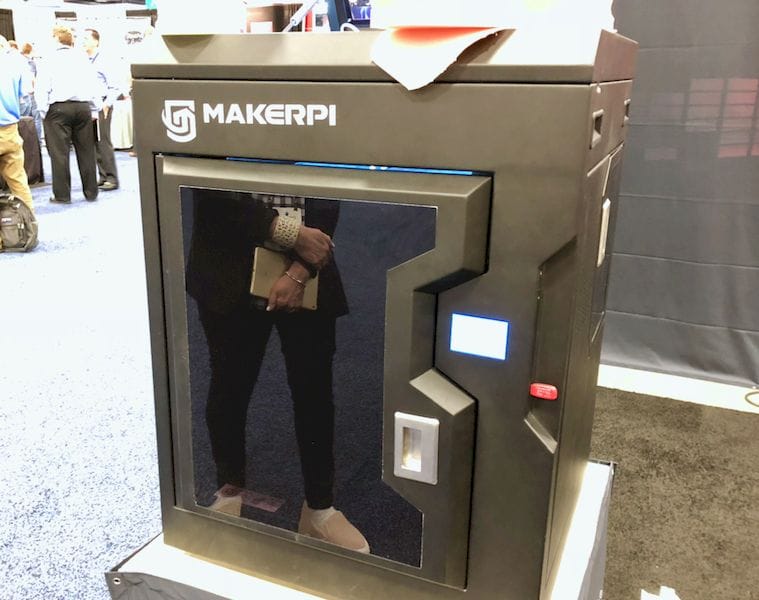
It’s nearing the end of school year for many organizations across the world, but is it time to upgrade?
3D printers have been appearing in schools everywhere in great numbers in recent years. While certainly a highly useful element in any science or engineering program, part of the reason for so many machines was the push by desktop 3D printer companies scrambling to substitute a market to replace their saturated hobbyist segment.
To this end many 3D printer companies devised offerings specifically for education, and some institutions took up these offers, planting basic 3D printers in their premises.
But many of these machines were purchased several years ago, and things have changed significantly since then. In spite of the general unreliability of desktop equipment from past years, it’s quite possible many schools still operate aging 3D printers that could really use an upgrade.
But what should educators look for in new desktop 3D printing equipment? I have a few factors that could be considered:
Enclosure and Door: Machines in lower grades often have inquisitive students that might get their fingers caught in the machinery, or even burn themselves on hot elements. Look for machines that include a full enclosure with a door. Some even have locking doors to prevent such accidents.
Proprietary: Some early 3D printers used in school environments required the use of expensive proprietary materials available only from the manufacturer. There are much better options available now with high quality third party materials from various sources. However, if print quality and a “need someone to blame” scenario exists, then by all means go with the manufacturer’s materials.
Noise: 3D print jobs often take a very long time to complete, during which students may be working on other studies. Thus a key requirement for schools would be low noise generation. The good news is that many recent machines boast of low operational noise, and they’re not kidding.
Filtration: Some 3D print materials, notably ABS filament and most liquid photopolymer resins, emit noxious fumes. While it’s debatable whether they are certifiably harmful, they are absolutely annoying, distracting and have no place in a schoolroom. Best to look for machines that include superior air filtration components. Note that most 3D printers DO NOT include air filtration.
Material Choice: For lower grade schools, 3D printers printing in PLA are probably sufficient. But for higher grades where actual engineering projects are attempted, then it may be reasonable to seek machines that are capable of 3D printing in some different materials, like ABS, PETG or even nylons.
Network: 3D printers should be connectable to local networks for a variety of reasons, not the least of which is the ability to receive notifications when prints are complete.
Cloud: Schools that operate multiple machines might consider using an option that includes access to some type of cloud management system that can offer the ability to queue up student print jobs, record results and share files. This can be done manually, but it may be a lot easier if using a system designed specifically for this purpose.
Speed: While 3D print jobs may take five hours, the students’ individual classes don’t last that long. There will be a speed issue, so ensure the machine you acquire is relatively speedy to mitigate this effect as much possible. You don’t need the fastest machine, but, for example, one that can print at 80mm/second would have almost twice the throughput as a 40mm/second machine.
Lessons: Some 3D printer manufacturers focus particularly on the education market and thus provide materials well beyond the basics of operating the machine. You can find vendors offering educator-certified courses using 3D printers to teach specific subjects. These options may be of great interest as they could save an enormous amount of time developing course material.
Repositories: Some vendors offer repositories of existing 3D models, ready for 3D printing. While it’s always possible to use Thingiverse, repositories more focused on education might be more useful.
Assembled: Early 3D printers were often sold as kits that would be assembled by the buyer. This is likely not a good choice for educators who would waste enormous amounts of time building machines with students, and delay access to actual 3D design and printing experiences. On the other hand, perhaps you want to teach the building of machines.
Service: In an educational environment it is important for the machine to work whenever required. Thus you should seek a vendor that provides appropriate service, local or remote, to ensure your machine is up for the maximum possible amount of time.
Later this year we may see some highly capable new 3D printers in schools.

